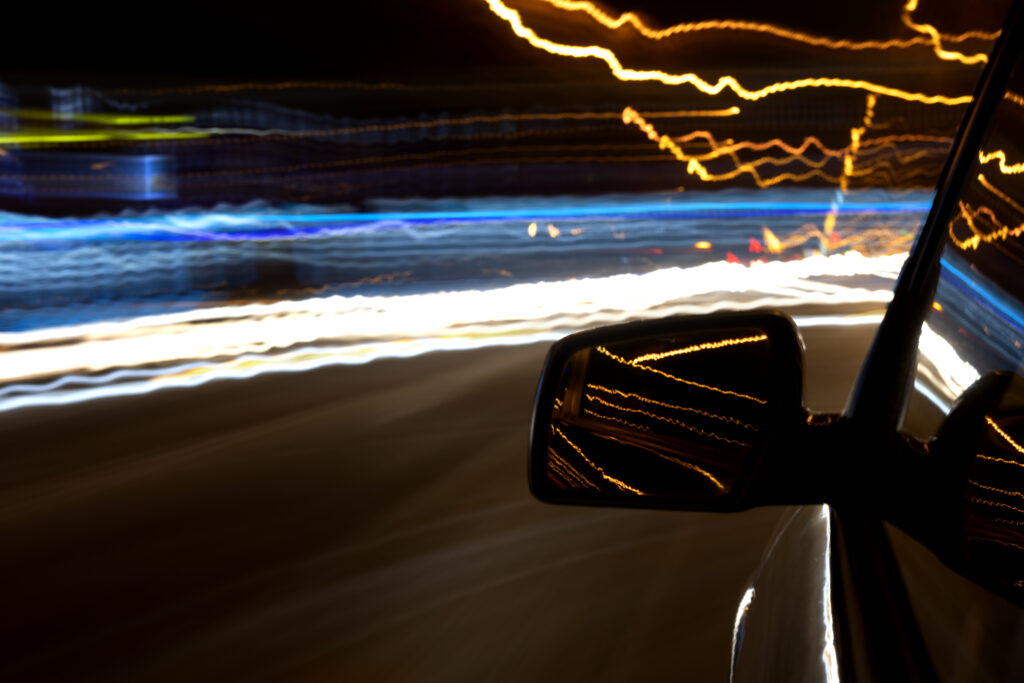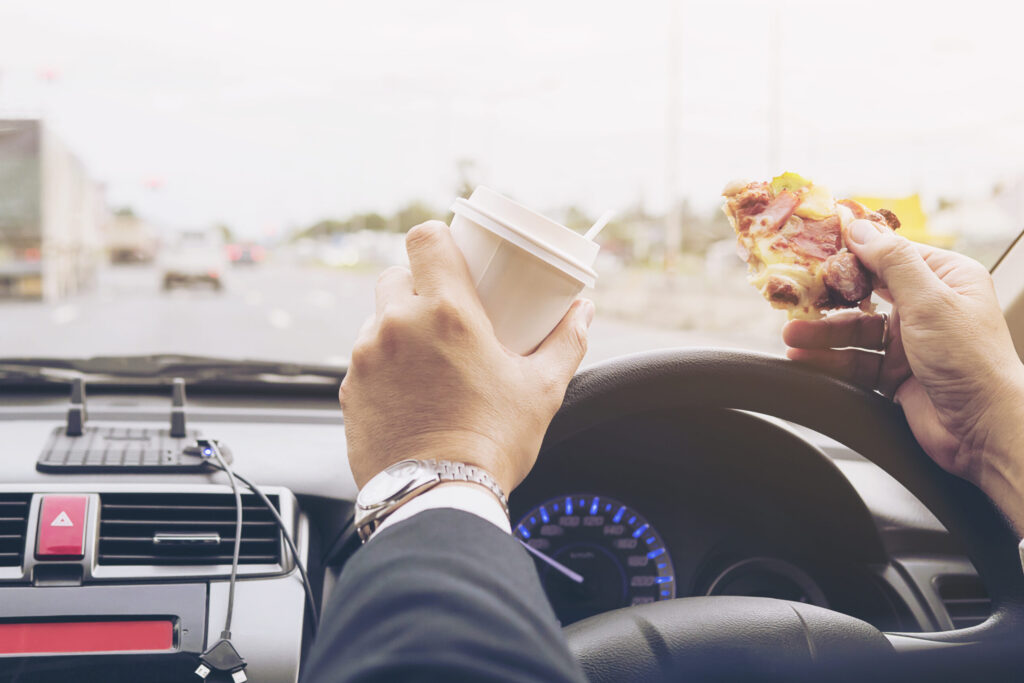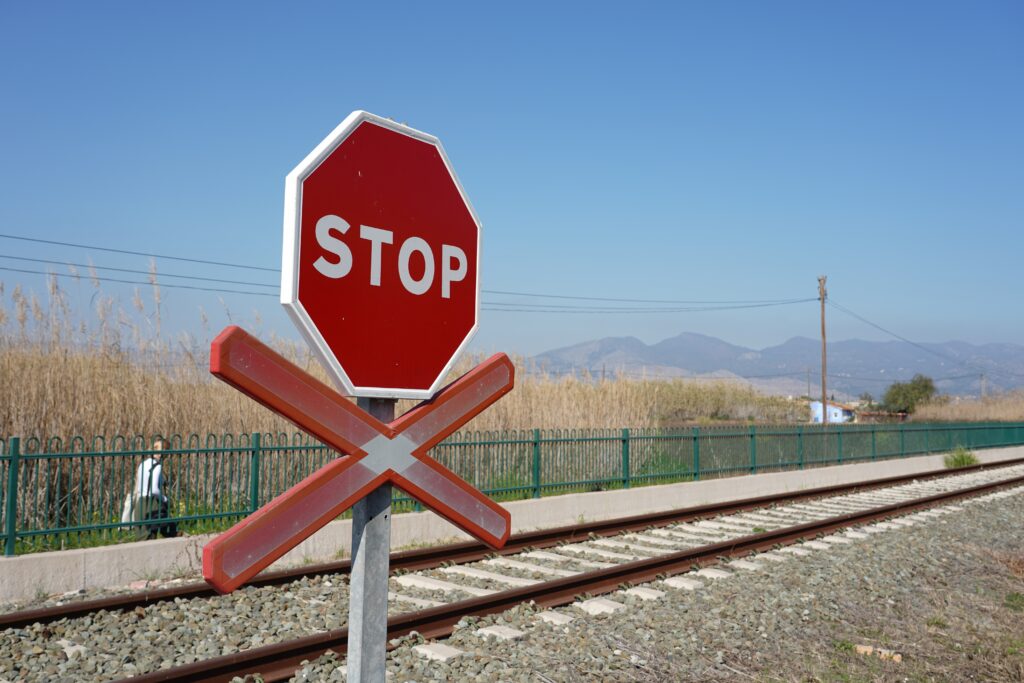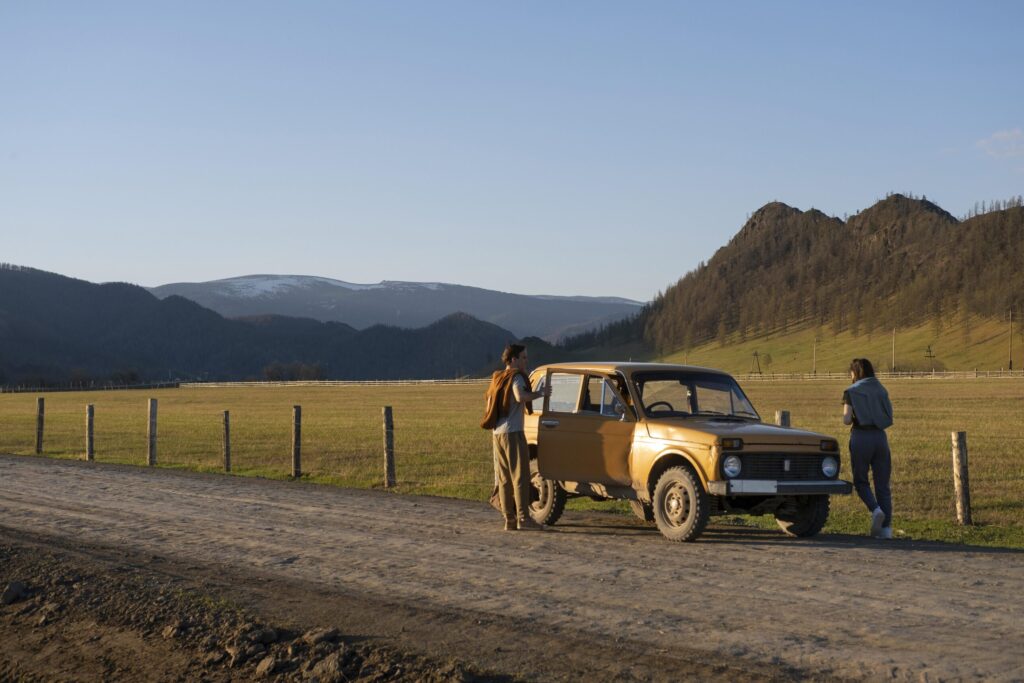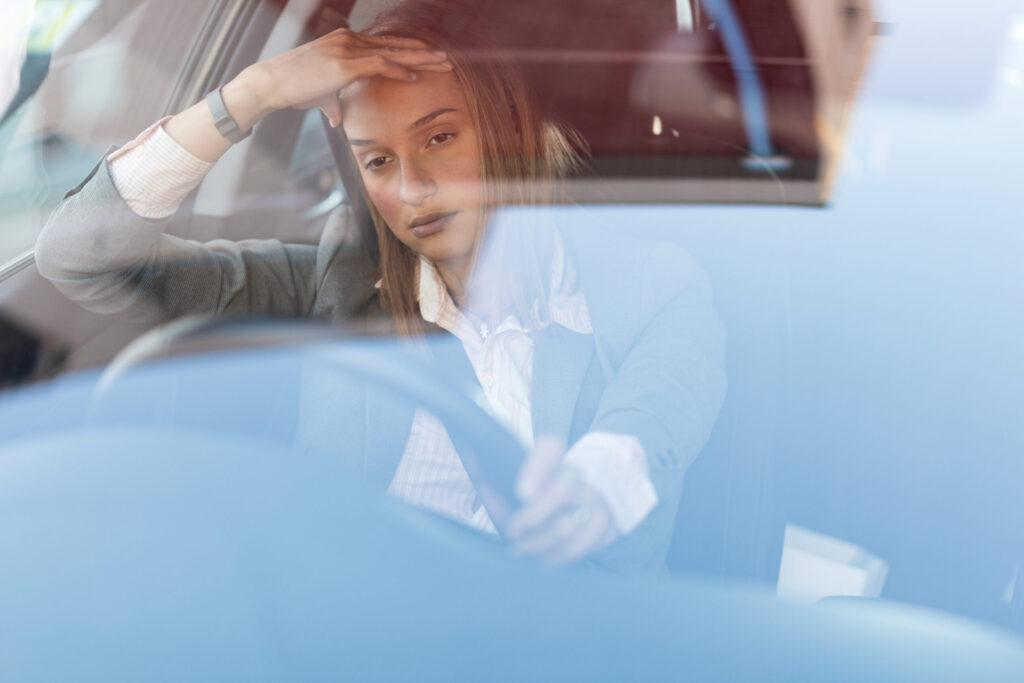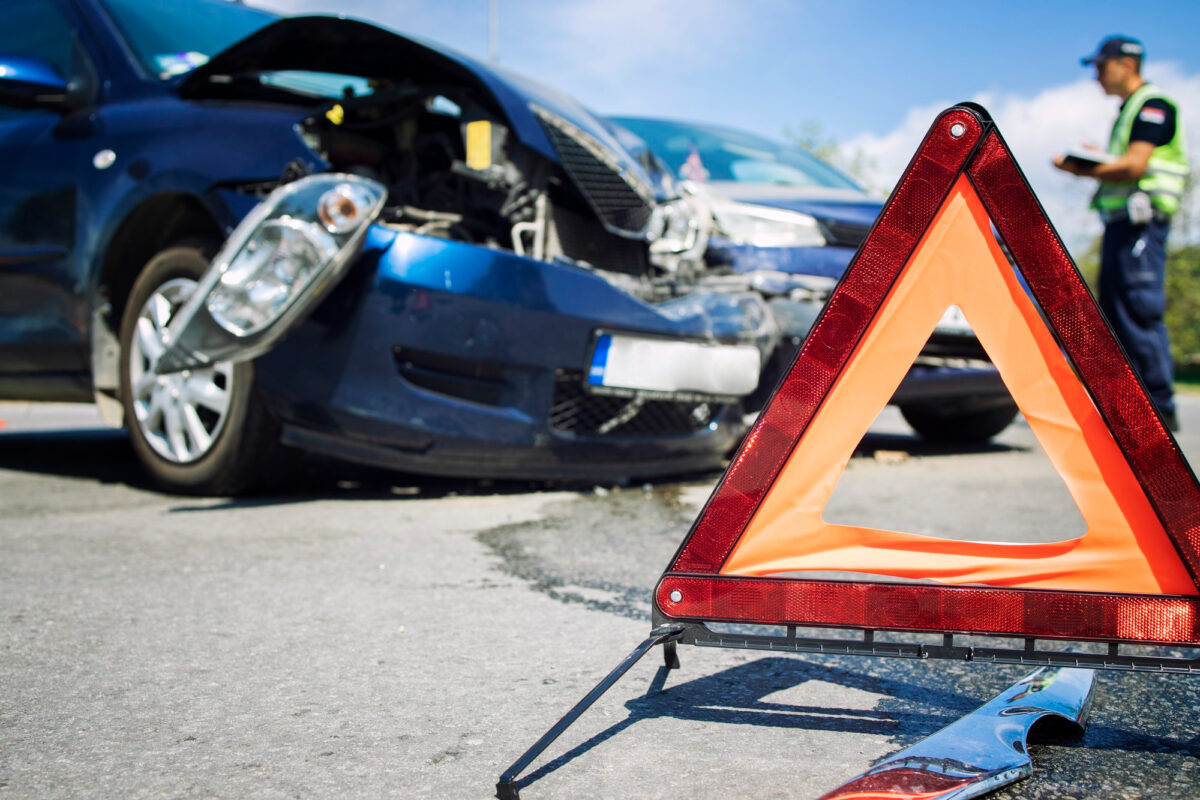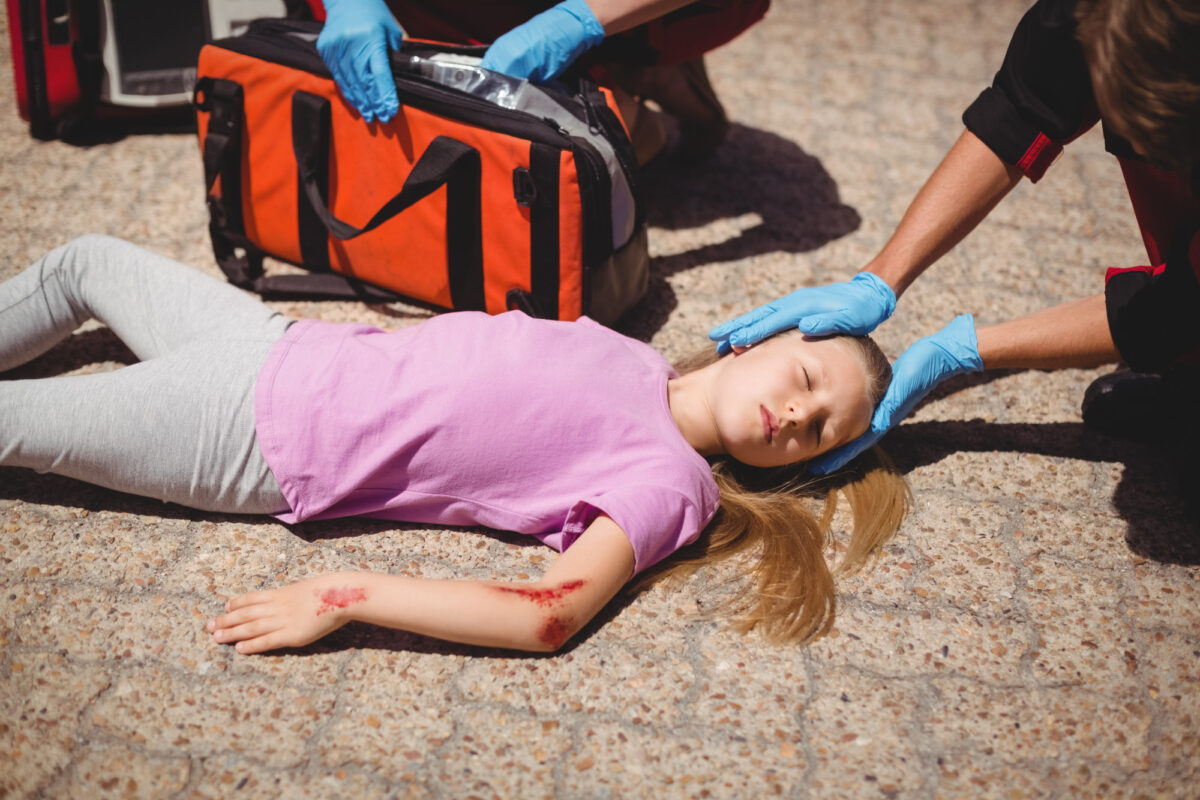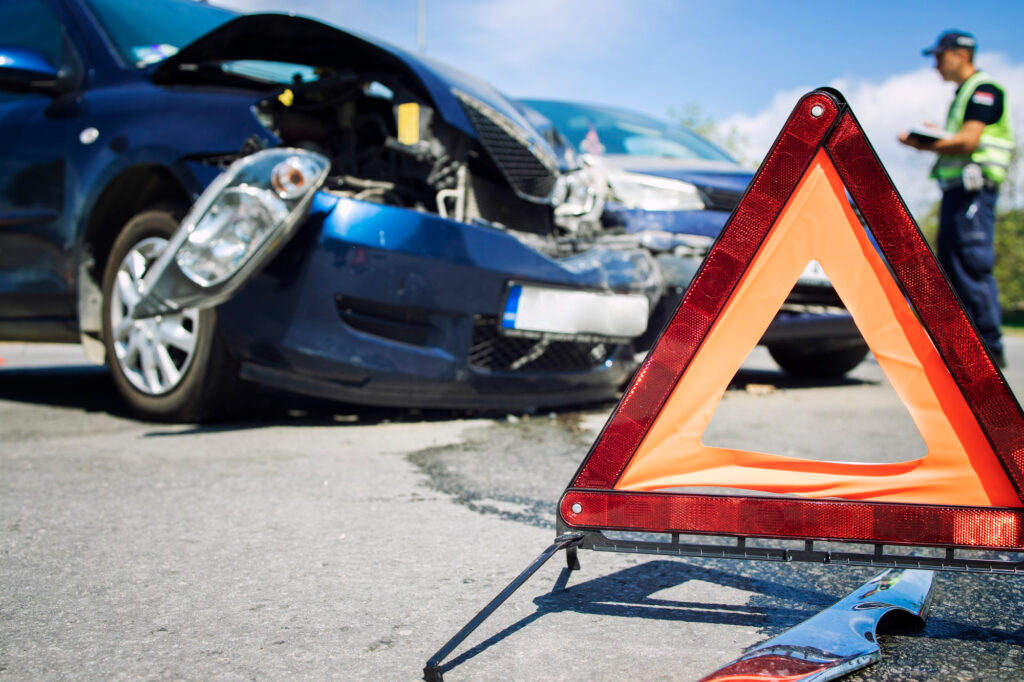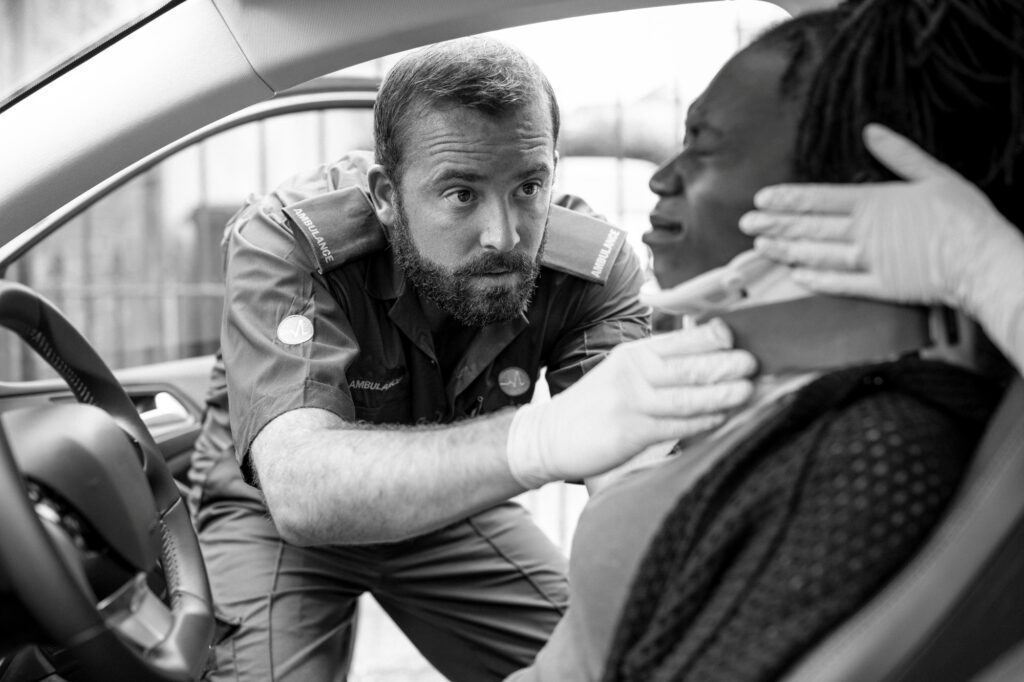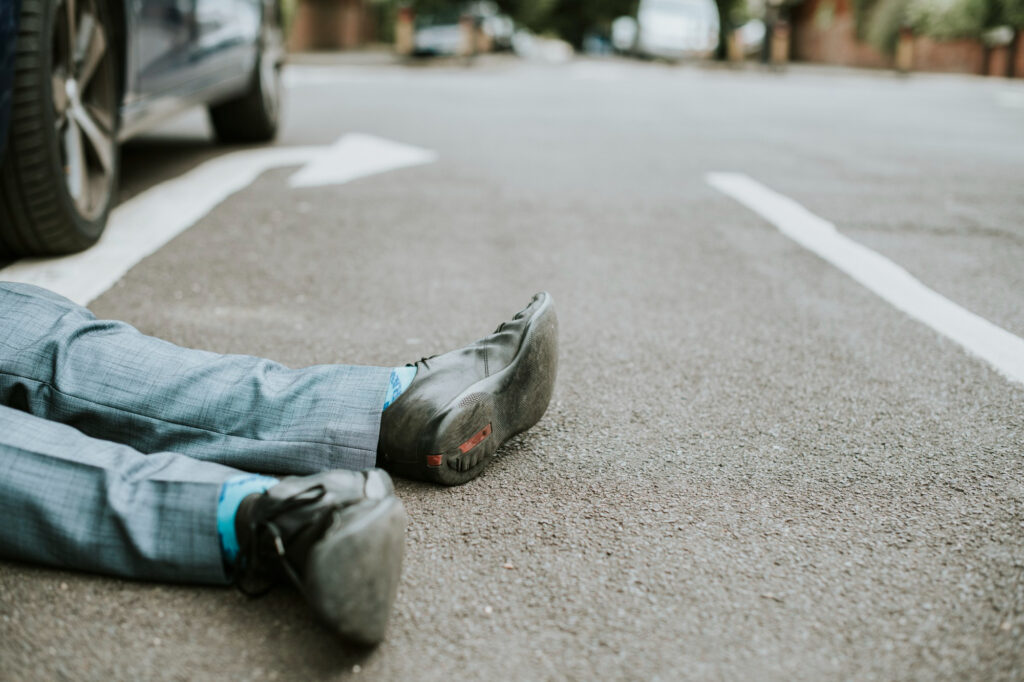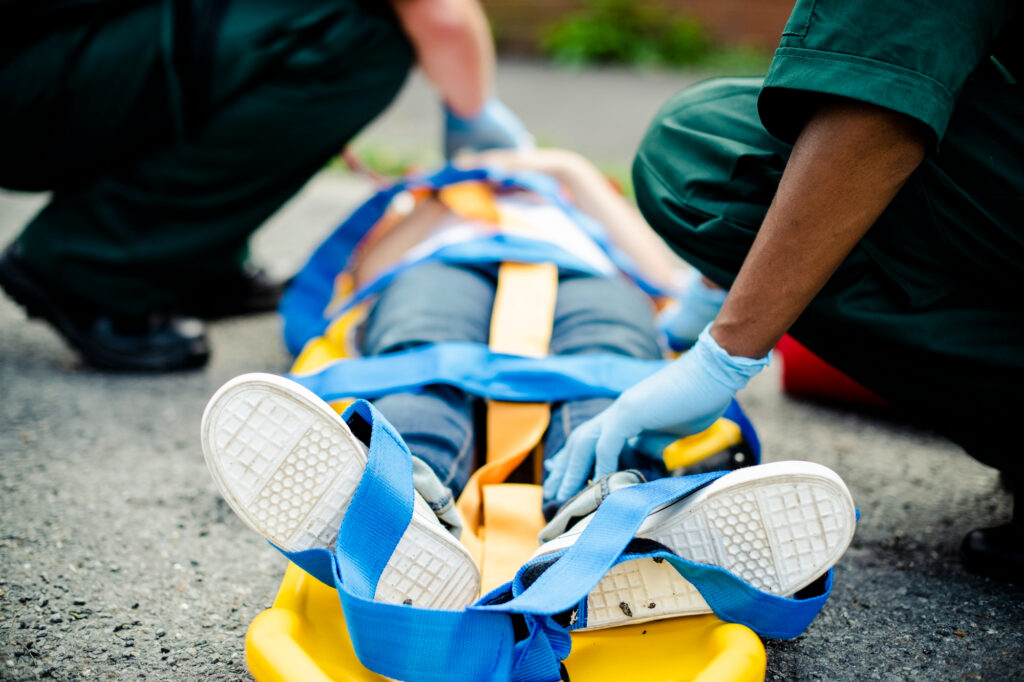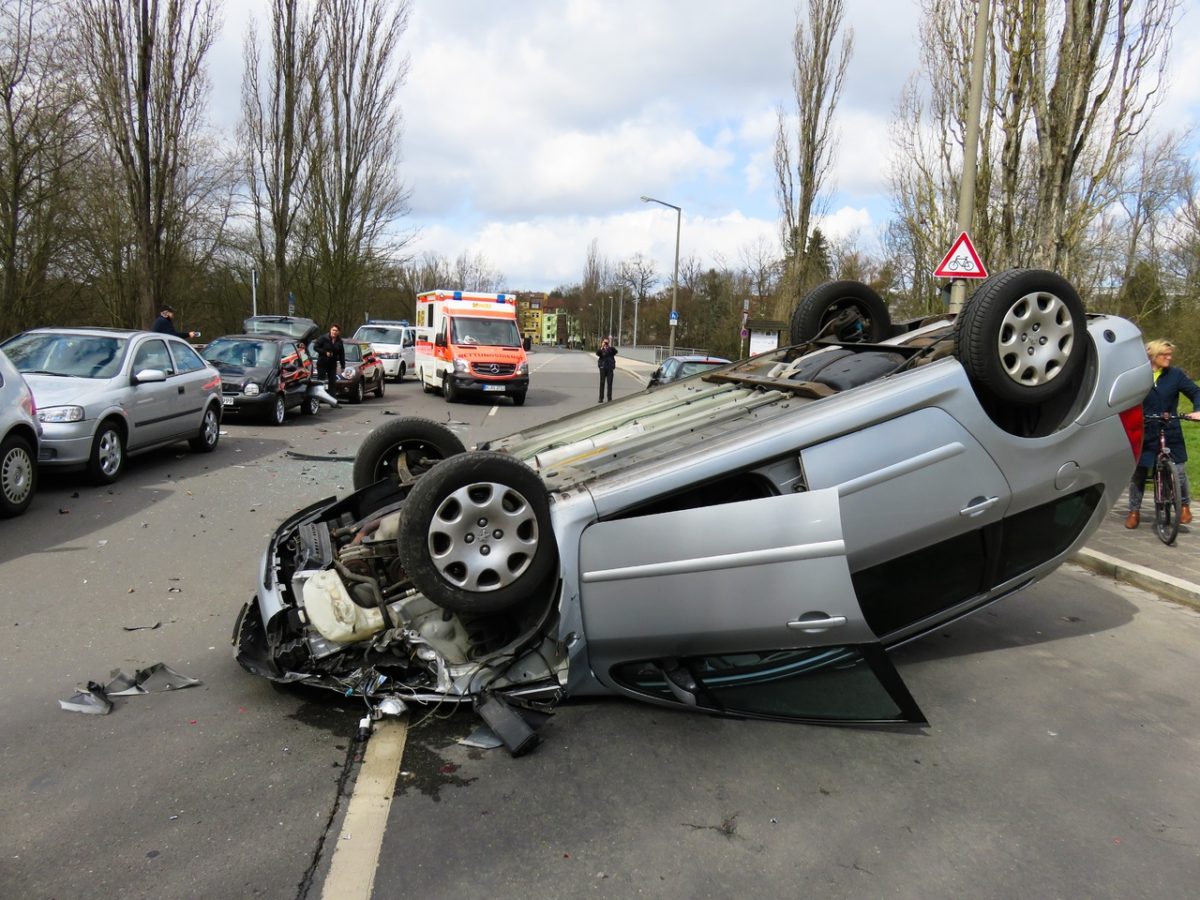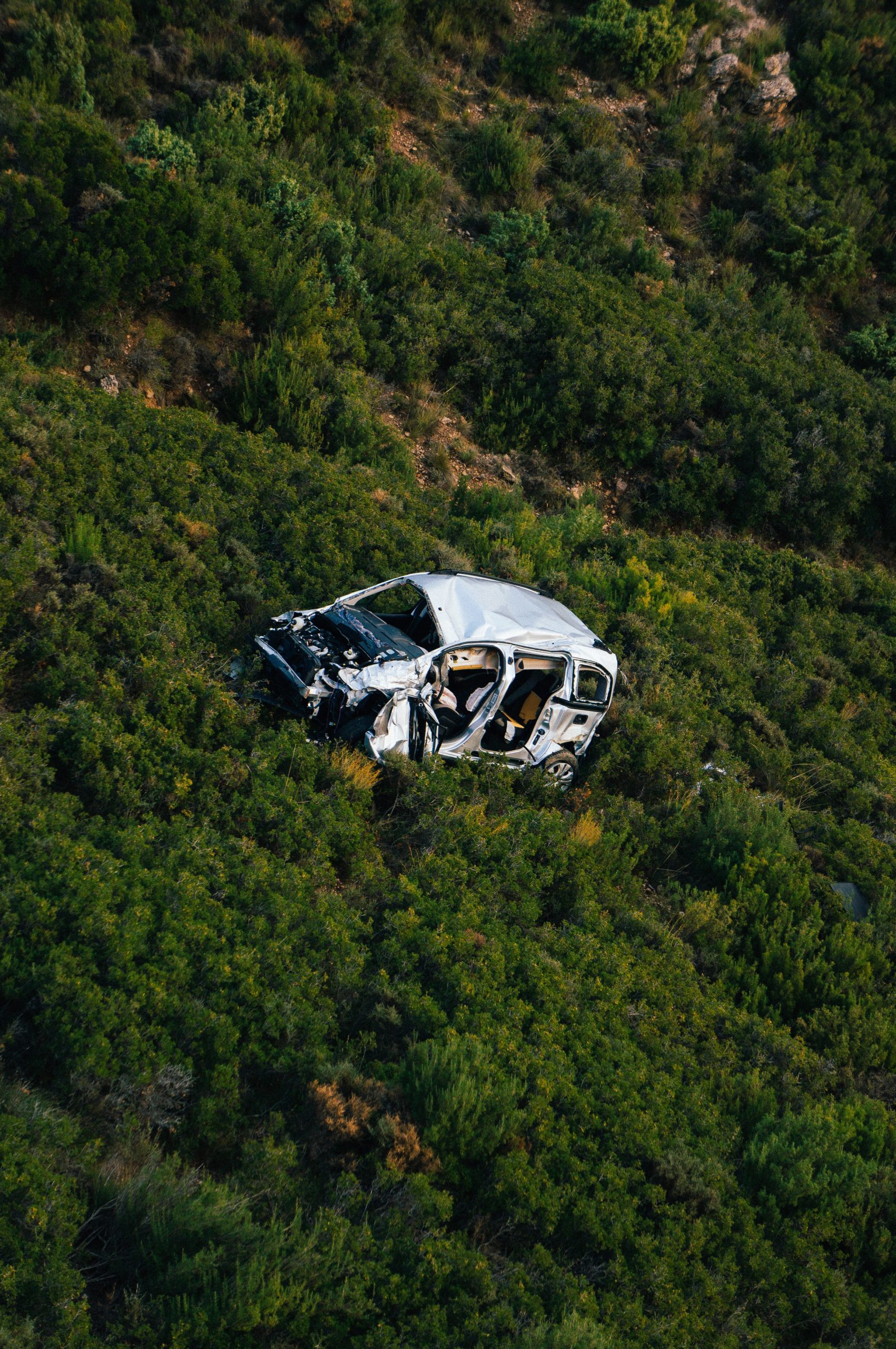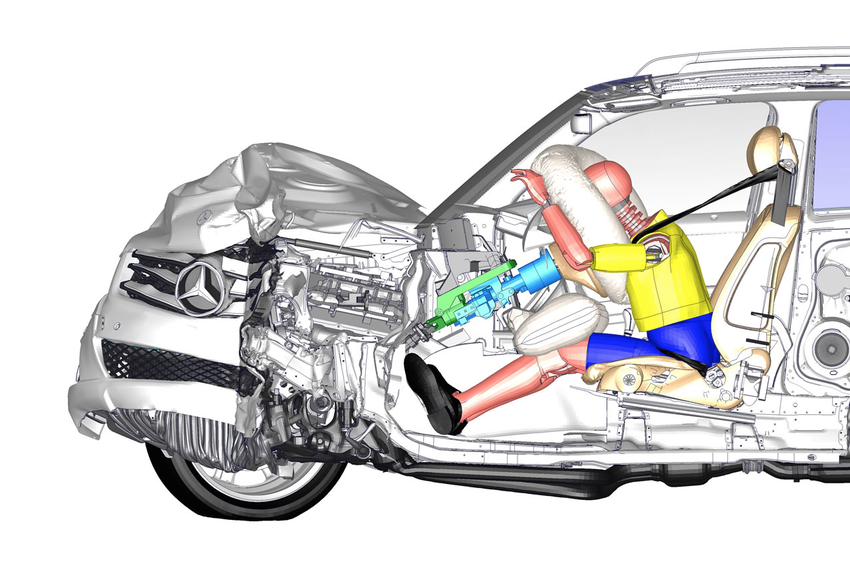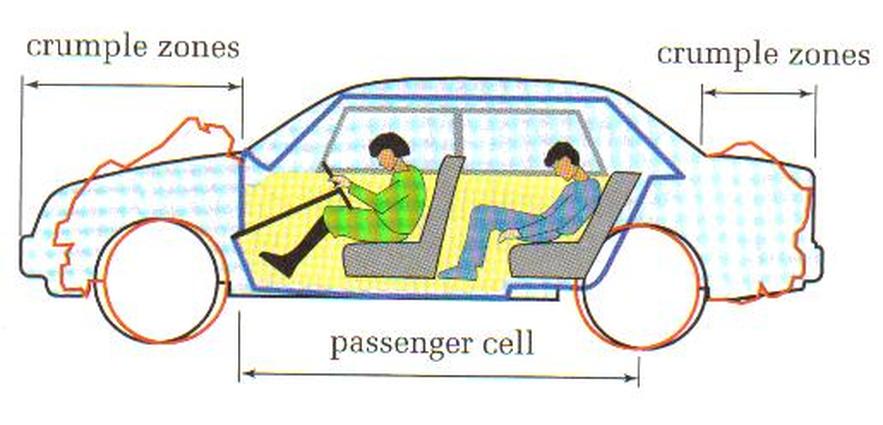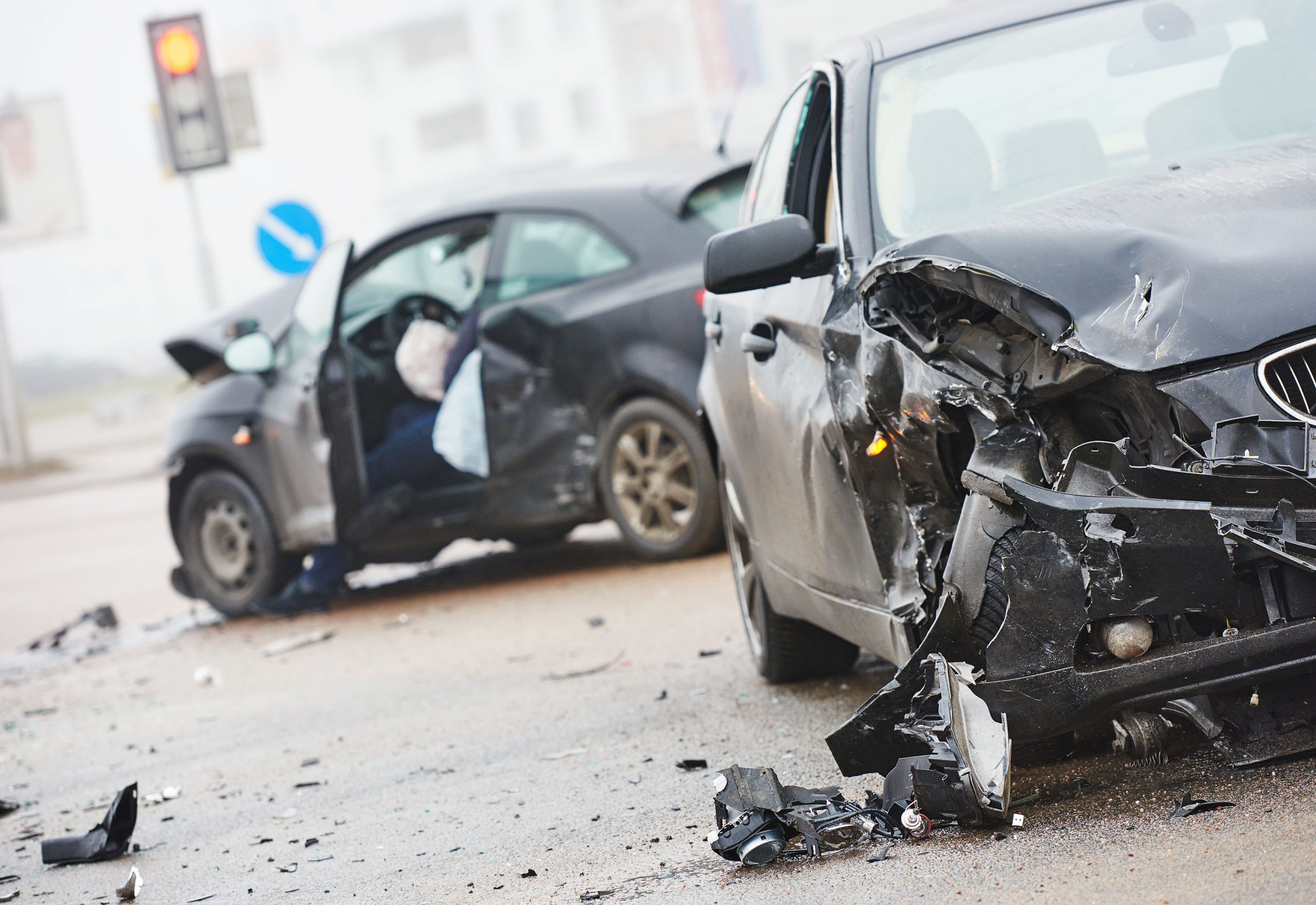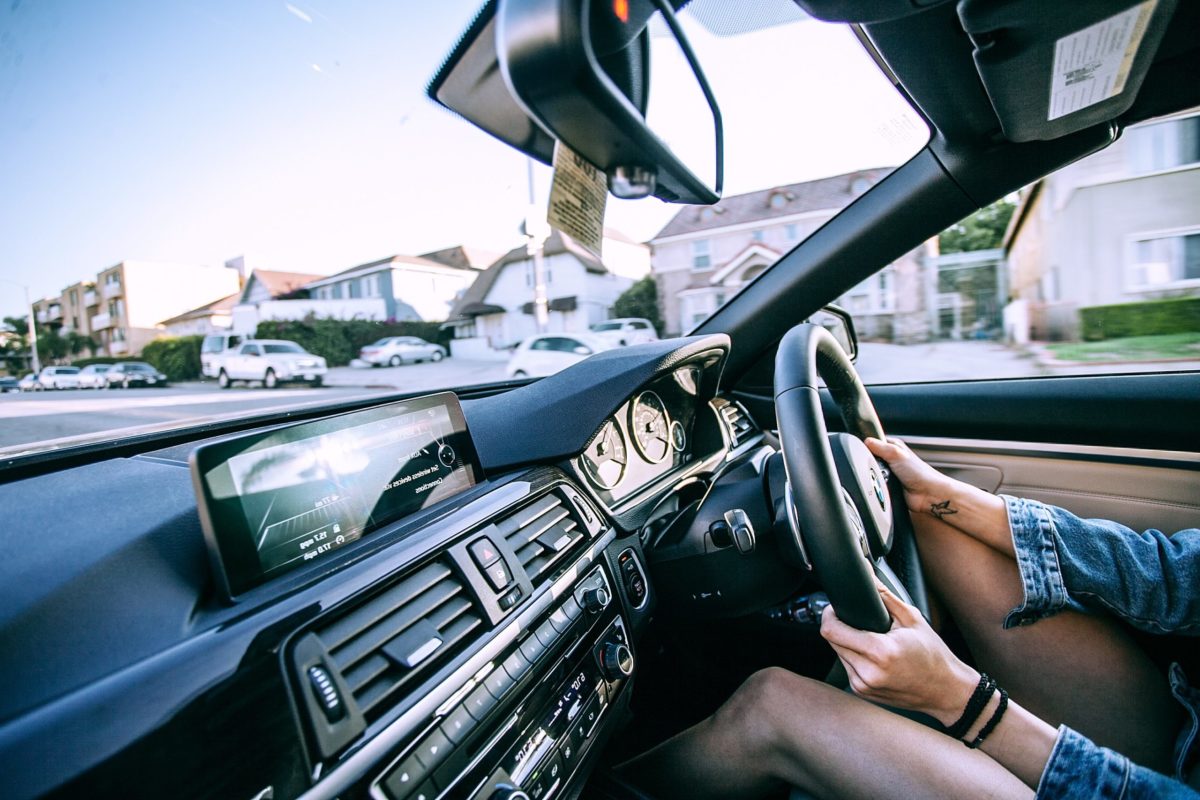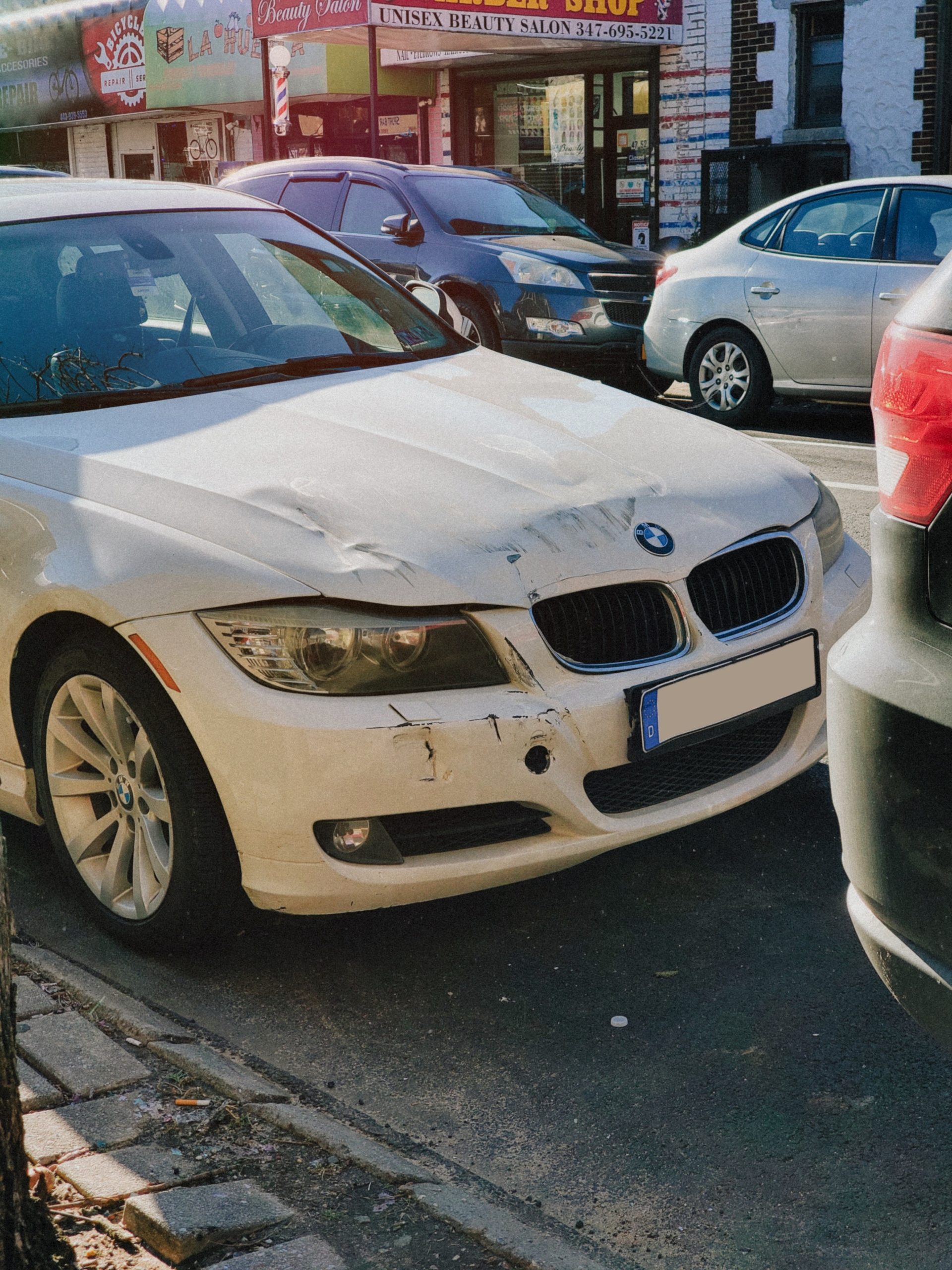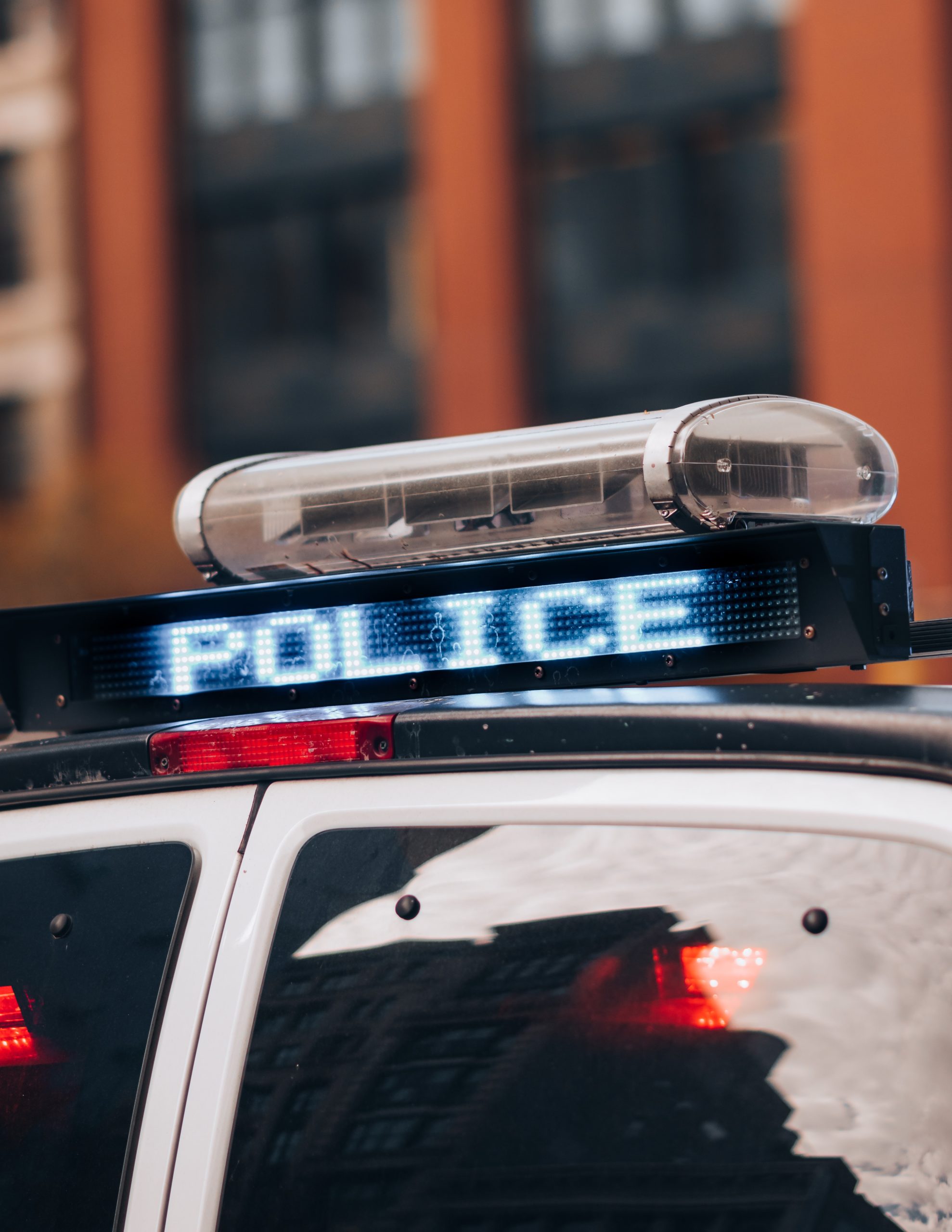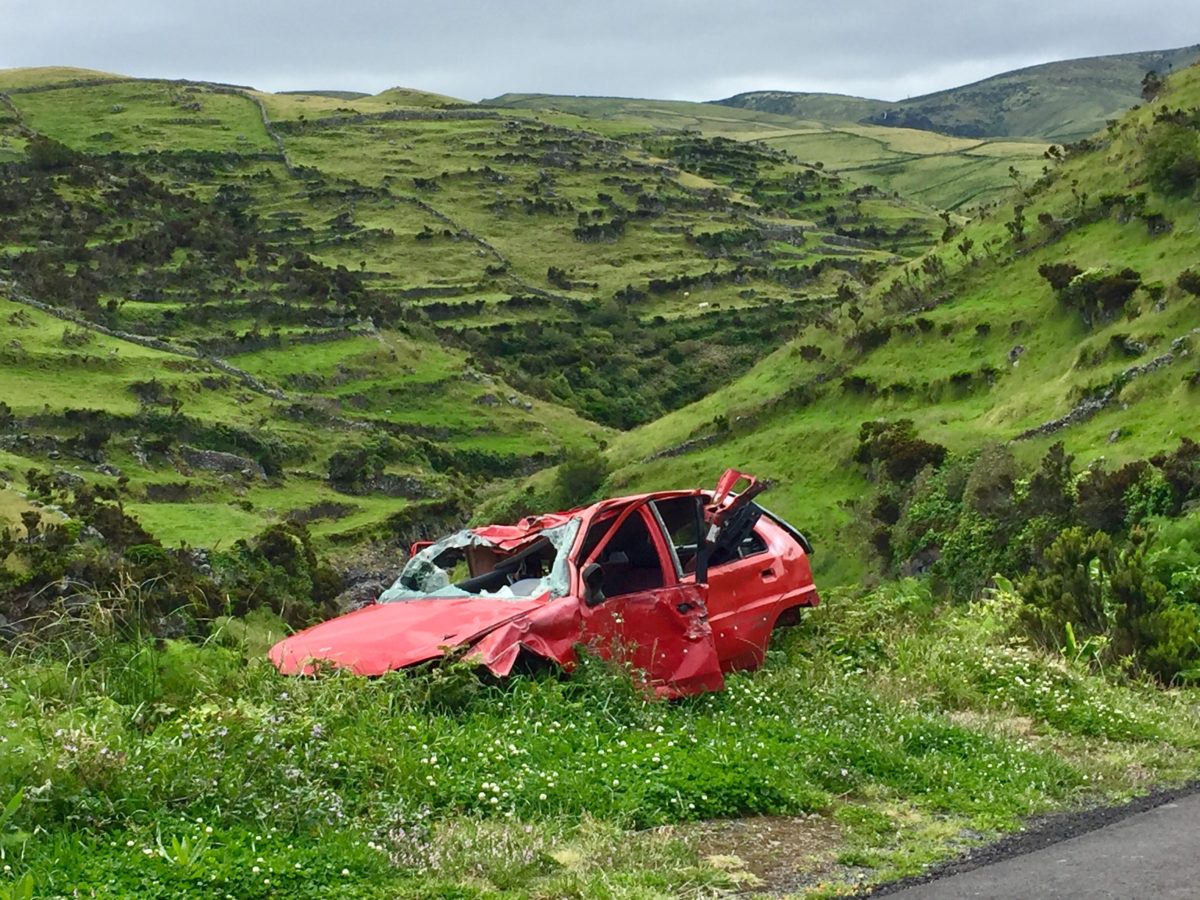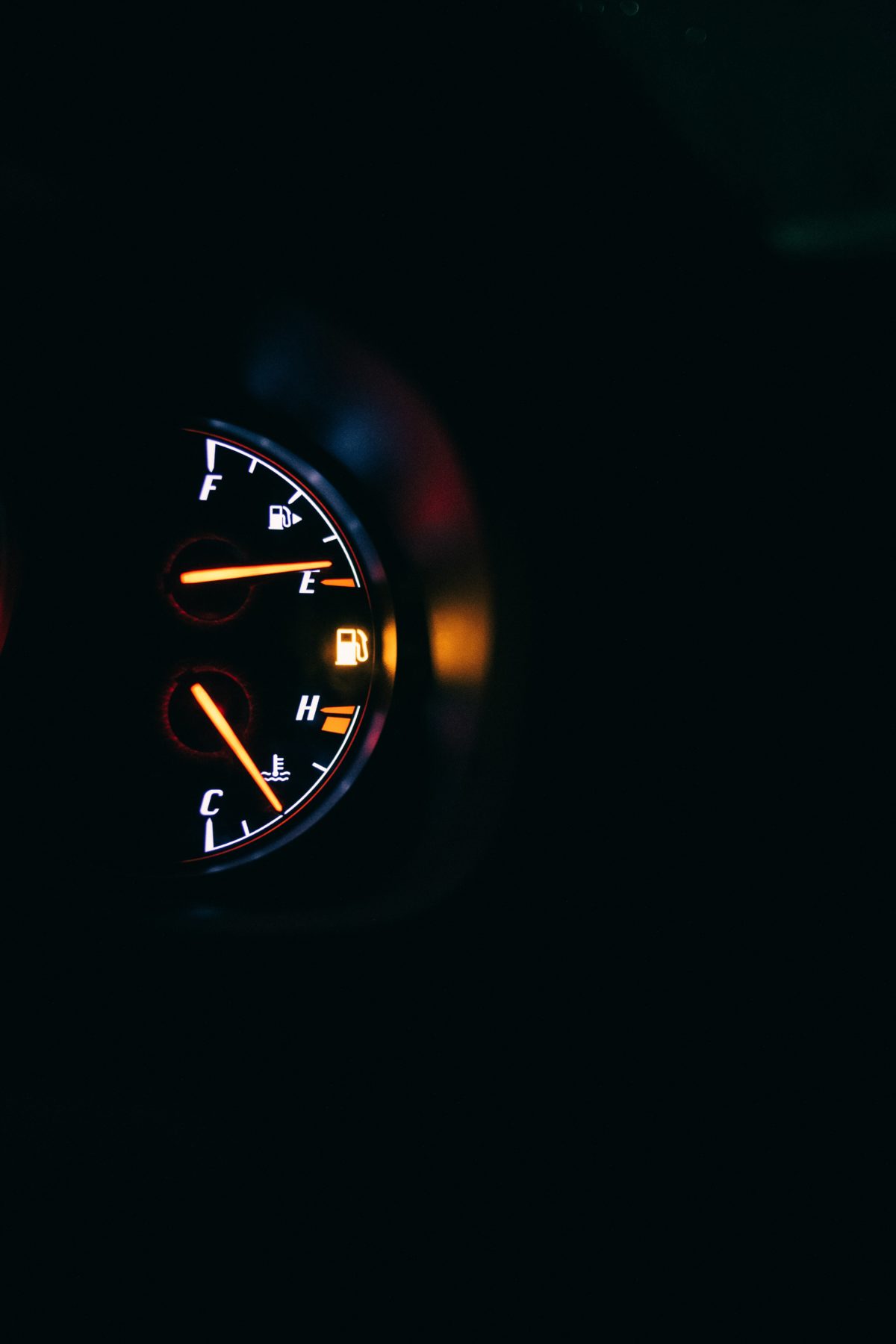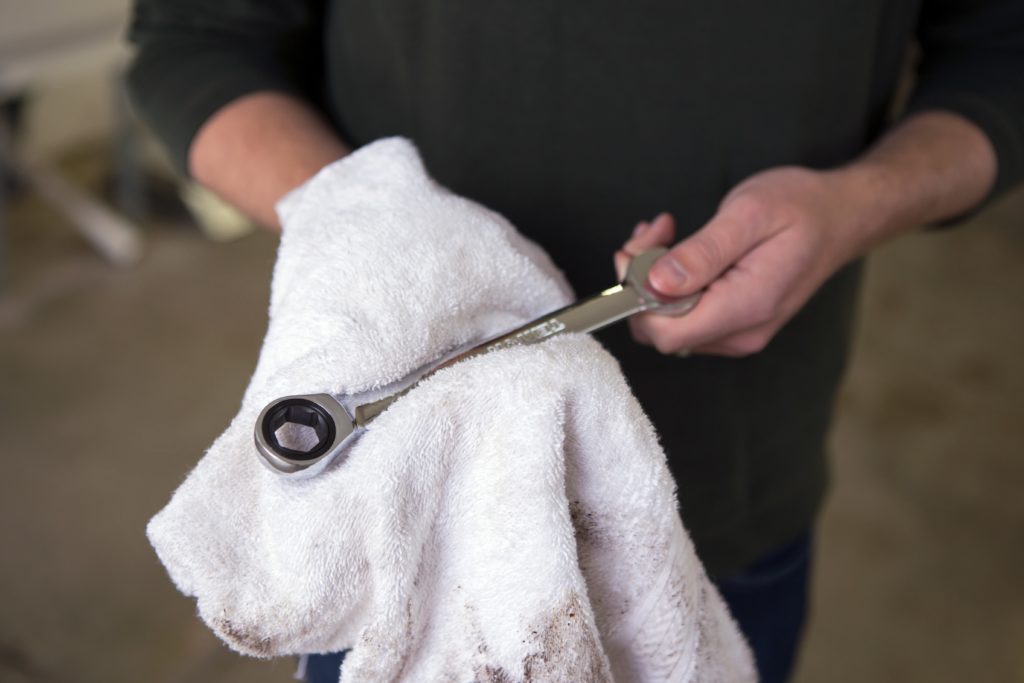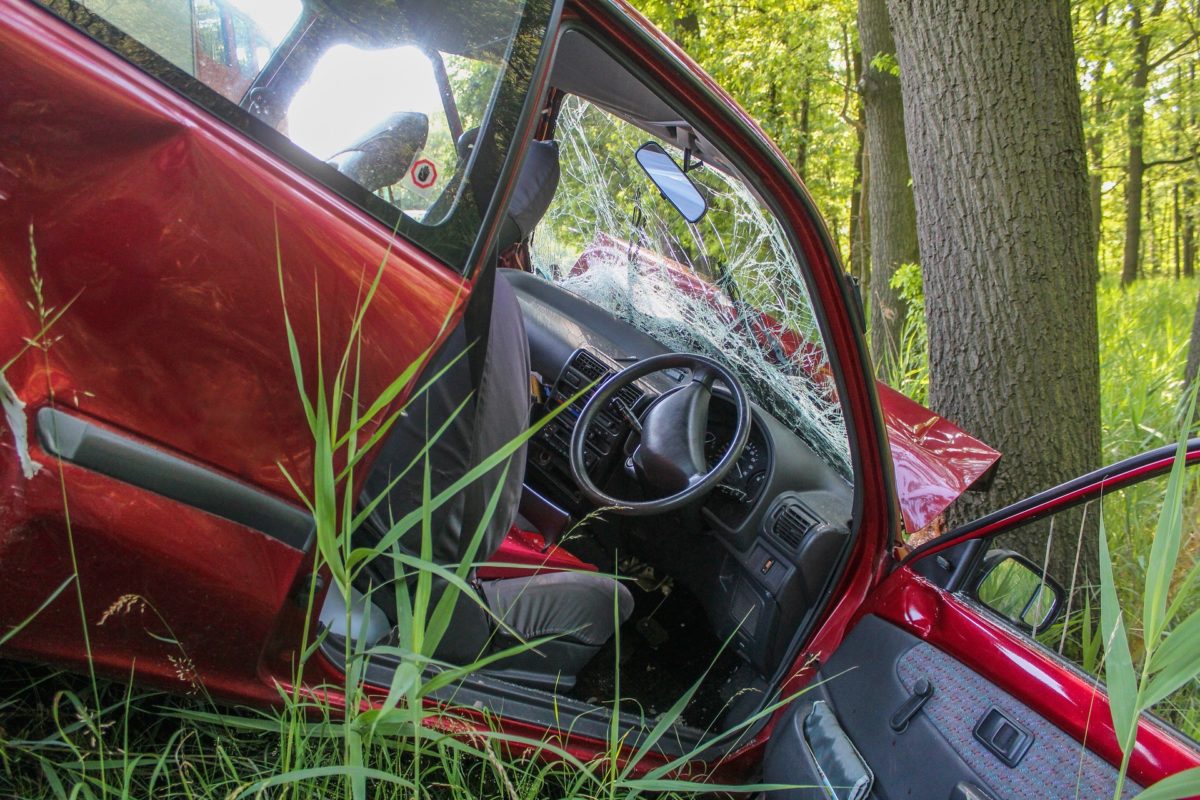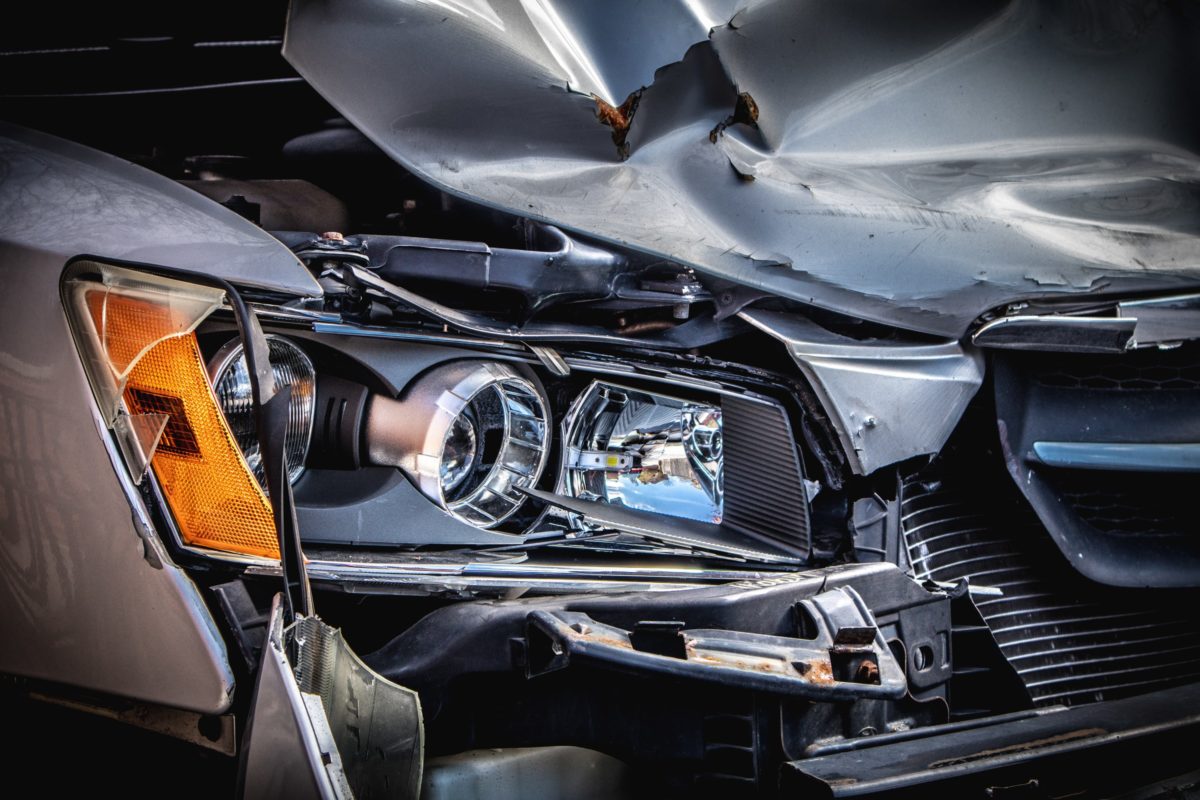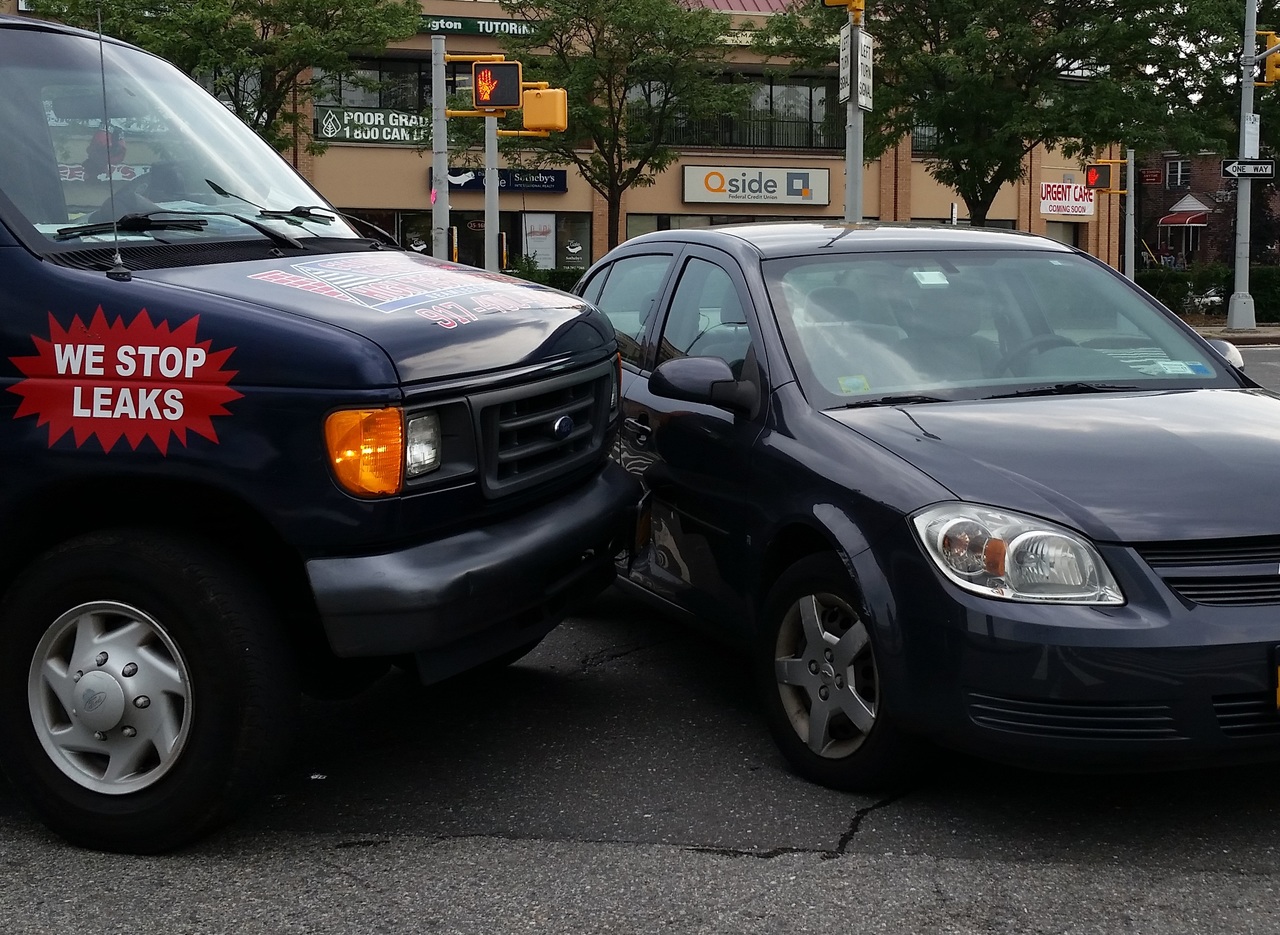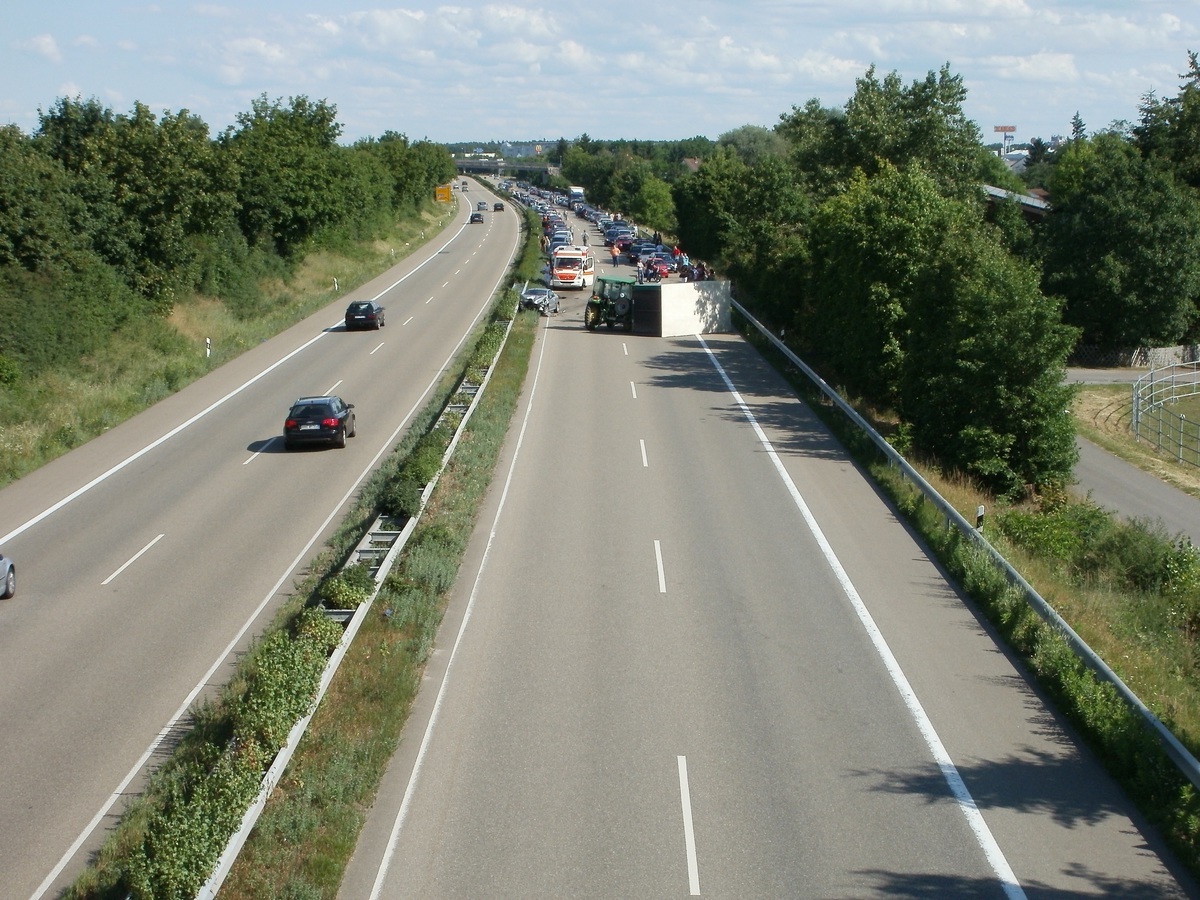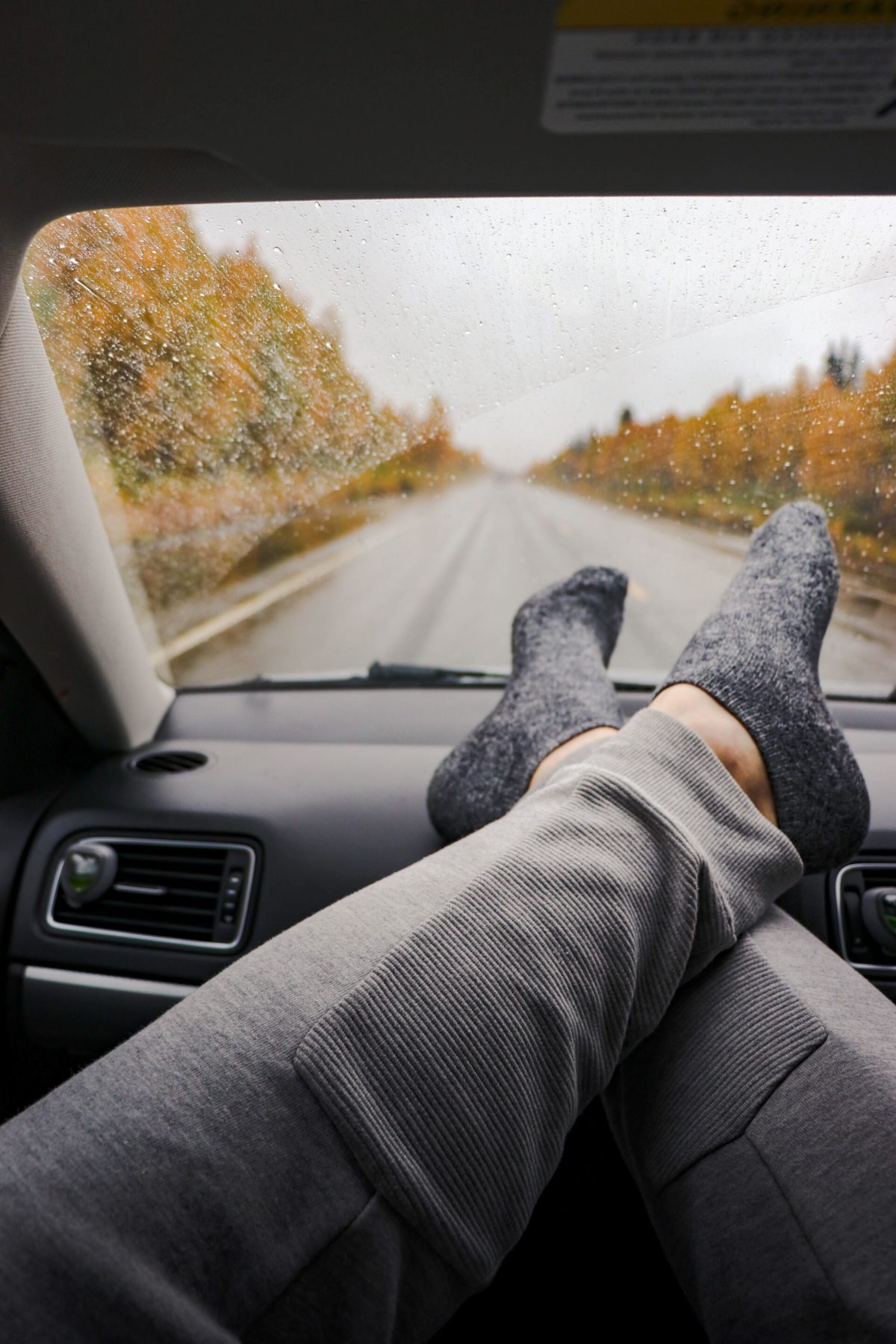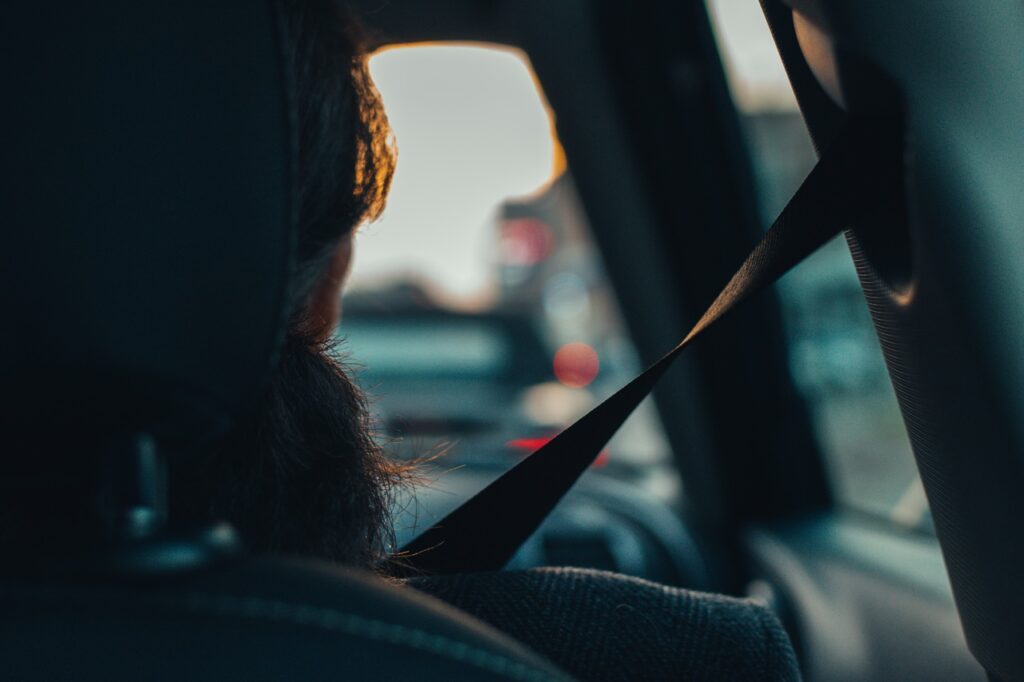by Vuyi Mpofu
Every now and then, the effectiveness of seatbelts and child restrains comes under scrutiny, usually in the form of a tête-à-tête at a braai or similar social gathering.
Recently, I found myself reluctantly drawn into a spirited banter with a visitor from a European country about the use or non-use of restraints in South Africa. Fortunately, it was within a social setting and the gentleman in question – a devotee of Ignition TV – was aware of my feisty personality, which helped take the sting out of most of my commentary, (I hope).
The discussion begun when he commented about the high rate of fatalities in South Africa but, took a sour turn when he proclaimed “seatbelts are not a thing in this country. I retorted by saying that everyone I know uses seatbelts but deep down, I knew that my social circle was not represented in the broad statement he had made.
Being as passionate as I am about road safety and feeling rather patriotic it wasn’t long before we were trading thinly veiled verbal blows about road safety in South Africa; and the flexible standards of quality control when it comes to certain vehicles and tyres which are permitted into our country.
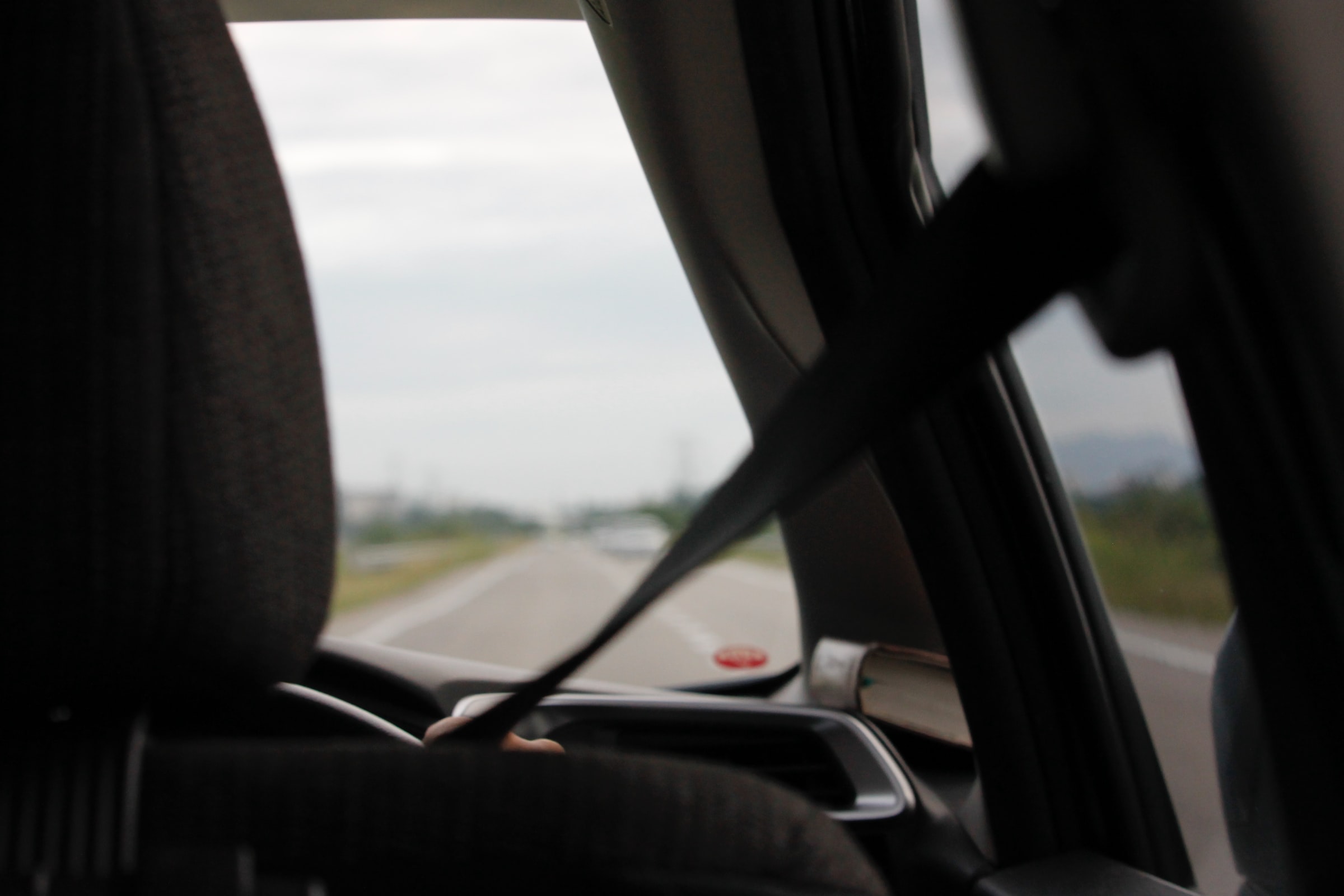
Seatbelts should be ‘a thing’ among all road users
While it may be accurate to say that seatbelts and child restraints usage do not come as second nature to South African road users as in Europe and other parts of the world, we managed to agree that education was a key factor in reducing the number of serious injuries and mortalities on our roads. As part of our efforts to find mutual ground and conclude the heated discussion, I agreed to share more information about seatbelts and child restraints, starting with this article.
Why don’t more South Africans use Seatbelts and Child Restraints?
The reality in our country is that there are roughly two distinct audiences for seatbelt and child restraints education. One, is familiar with them and appreciates their purpose, largely because they are among the millions of South Africans who own cars and use them daily. The other, is the vast majority of the population who rely on taxies and buses, in which any type of occupant restraints seem to come as an optional extra.
I say this with caution as manufacturers of local commercial people movers do include seatbelts in their vehicles. That said, I am hard-pressed to recall ever stopping at a traffic light and seeing the occupants in a taxi all buckled up.
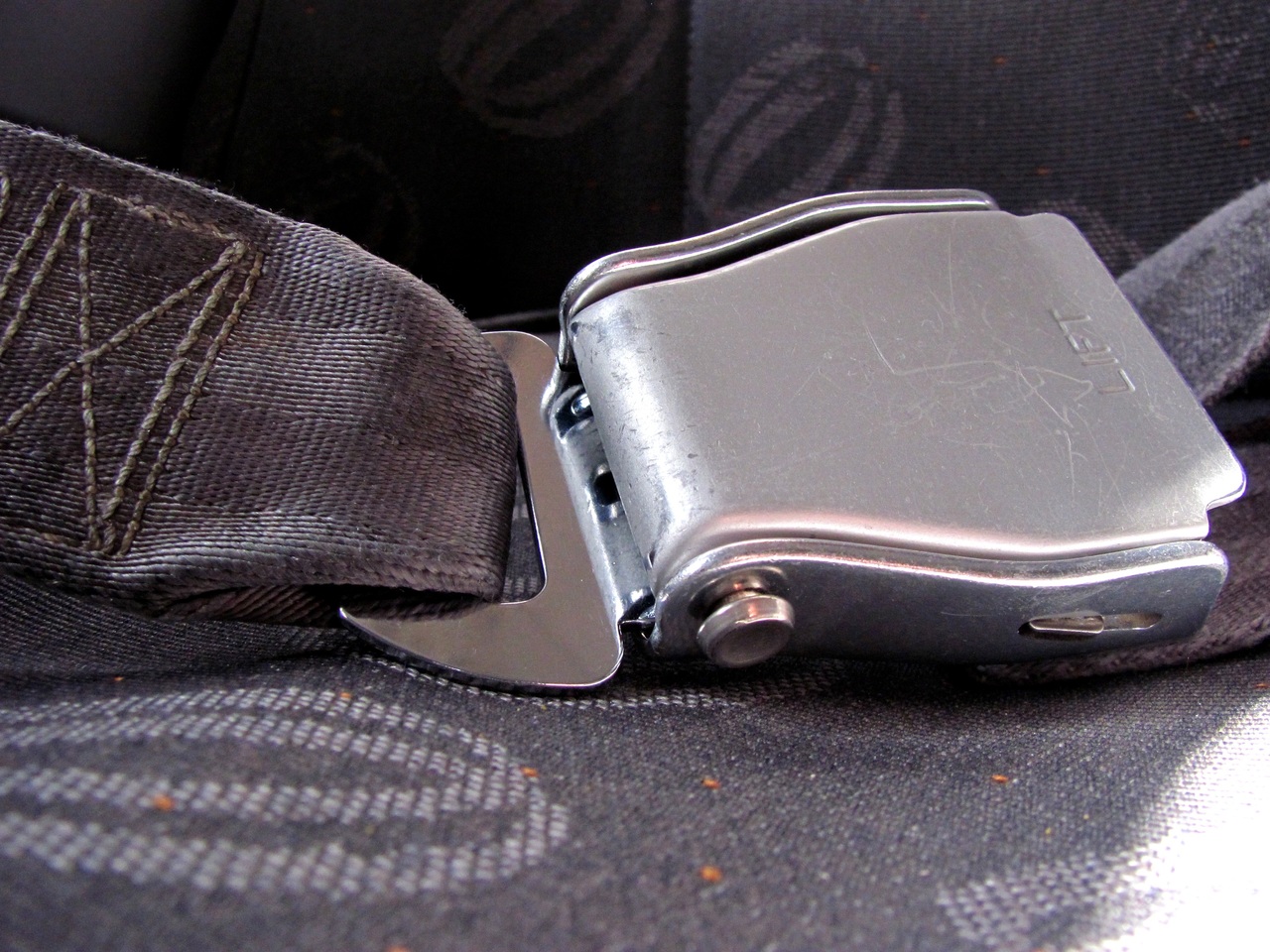
What are seatbelts and child restraints for?
Seatbelts and child restraints should be seen as a secondary safety devices, created to minimize injury to a person in the event of an accident. Their main purpose is to:
- Prevent you from being ejected from the car at the point of impact in the event of an accident
- Distribute the forces of a crash over the strongest parts of your body
- Prevent the probability of causing injury to other occupants*
- Reduce your risk of coming into contact with the interior of the vehicle
- Reduce the risk of serious injury in the event that you do come in contact with the vehicle’s interior
Granted, there are instances where people have reported failure in the mechanics of a seatbelt, particularly the buckle function. In these occurrences, motorists have reportedly been unable to unbuckle them, resulting in an occupant becoming stuck in their seat.
As legitimate as these concerns are, and not to downplay their occurrences, the percentage of seatbelt buckle failure is minuscule compared to the number of times seatbelts and child restraints have played a major role in saving lives and reducing injuries.
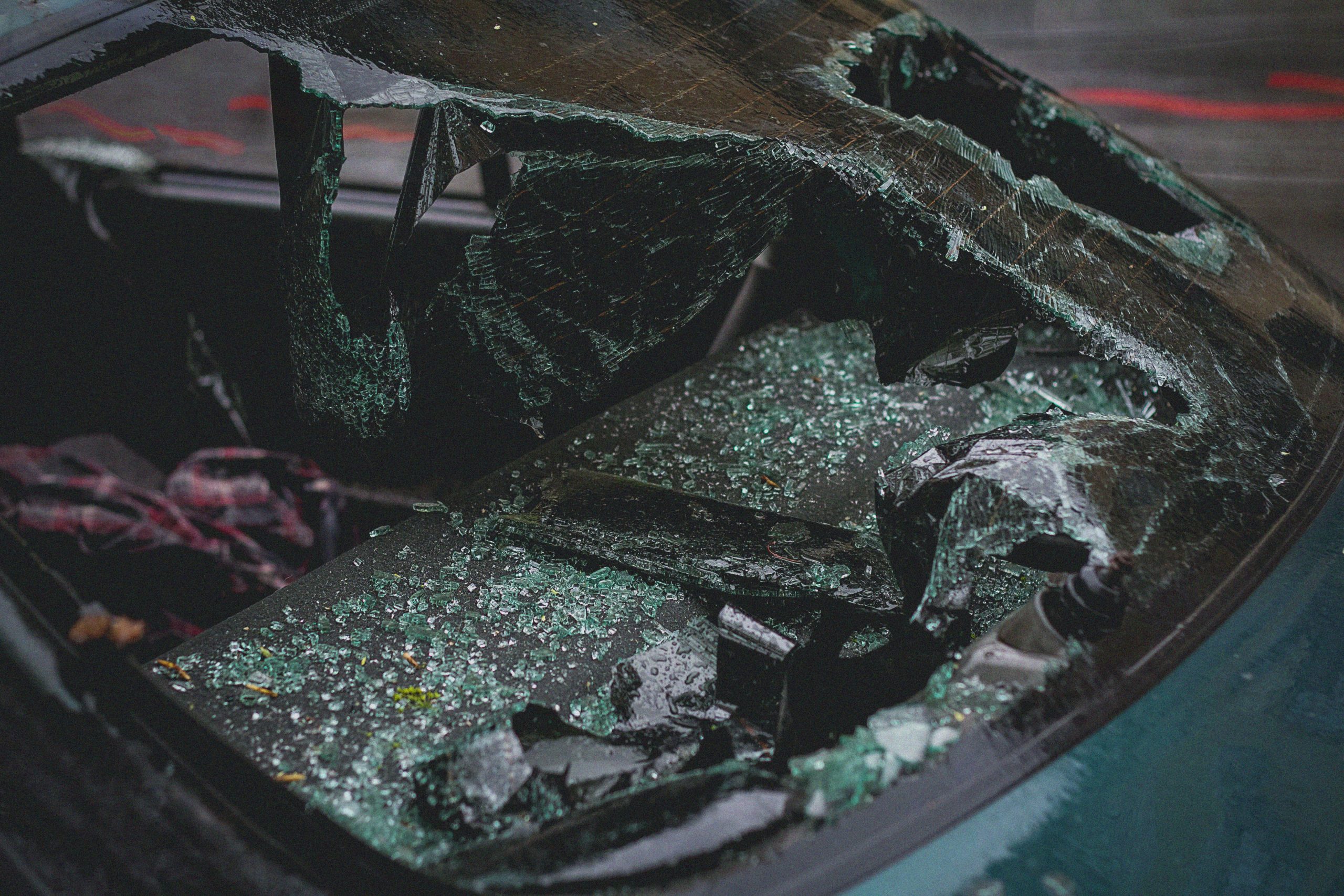
The Importance of Seatbelts for Adults
There are three types of “collisions” that occur in every accident where occupants of a car are unrestrained.
The first type of collision occurs between the vehicle and another object, e.g. another vehicle(s), a stationary object (tree, signpost, or ditch), or a human or animal. The second, occurs between the unbelted occupants and the interior of the vehicle, e.g. the driver hits her chest against the steering wheel or her head against the window. The third and final type of collision takes place when the internal organs of the body knock against the body’s skeletal structure.
Of the three, it is the second collision that is responsible for most injuries. It is by far, the cause of the most frequent and life-threatening injuries which happen to victims of head-on accidents involving occupants unrestrained by seatbelts. These injuries, in order of importance are, a hit to the head, the chest followed by the abdomen.
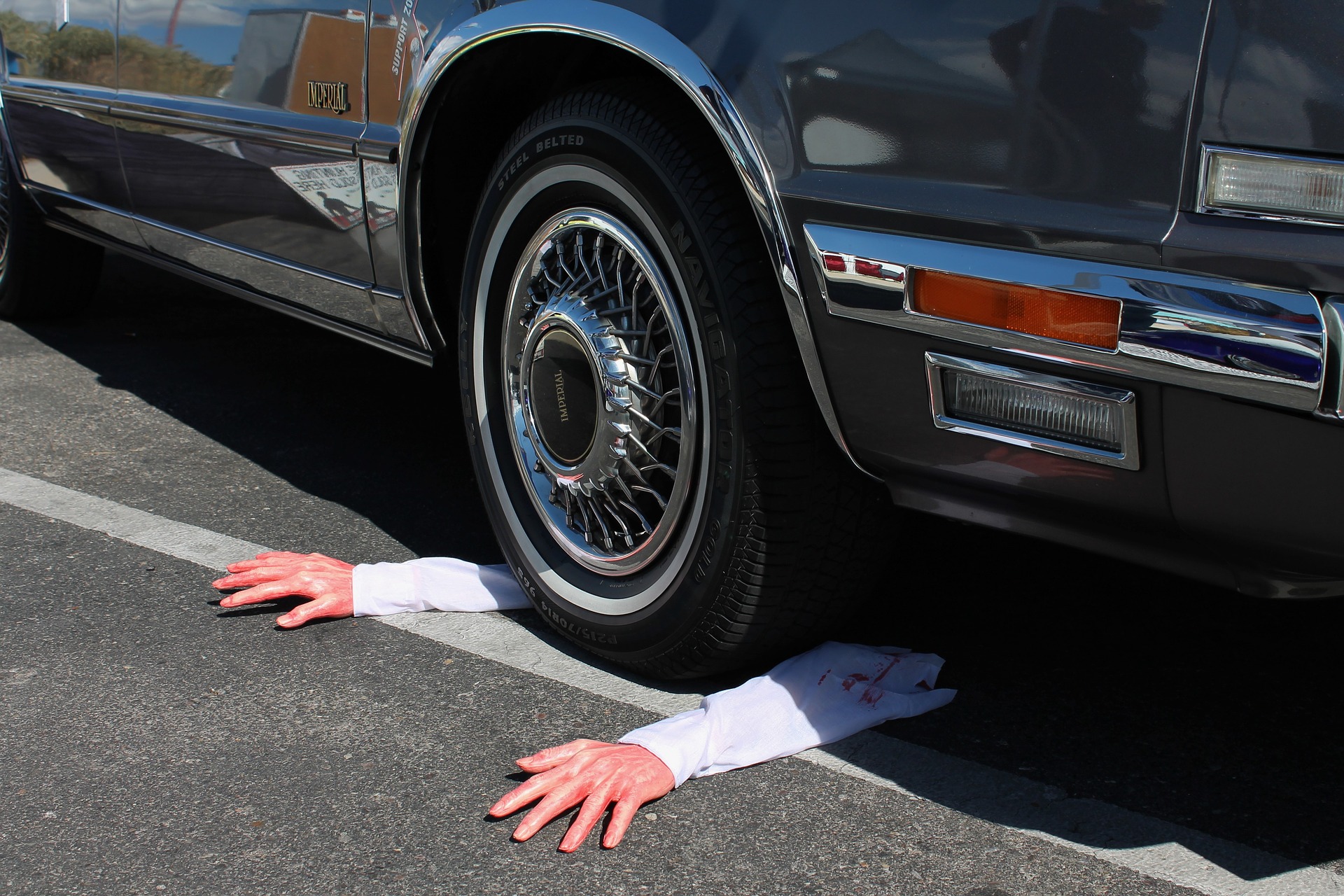
Here’s what happens to an unrestrained adult in an accident
Let’s imagine you are driving with 2 other people in the car. As the driver, you habitually buckle up but fail to notice or enforce the use of restraints on your passengers. Perhaps youare under the influence of alcohol, drugs, or medication, or perhaps you are simply in the habit of driving fast because your car has a powerful engine. Whatever the reason, in this scenario let us say you are driving well above the speed limit, at 140km/hr. Suddenly, the vehicle in front of yours comes to dead stop.
As your car ploughs into the stationary vehicle. You, the restrained driver are propelled forward for an unceremonious kissing session with the airbag while the pretensioner of your seatbelt simultaneously tugs at your torso. Your head cracks against the window and bounces off your headrest, assuming of course that the window was closed and the headrest positioned in such a way as to provide the necessary support.

At the same time, the front passenger, flies into the windscreen and is projected out of the car. She bounces off the bonnet before landing on the rear of the preceding vehicle, (because she was unrestrained at point of impact, it is quite possible that she lands intothe vehicle).
Meanwhile, your equally unrestrained back seat passenger crashes into the backrest of the seat in front of her. Her ordeal has only just begun as she proceeds to mimic a tennis ball within the car, catapulting from one side of it to the other, uncontrollably. All this happens in less than a blink of an eye and at the same speed you were driving at. 140km/hr.
Here’s what happens to an unrestrained infant in the event of an accident
People tend to feel extremely pained by the death or serious injury of a toddler. As gory as the image of what happens when an unrestrained adult is involved in an accident, it is much more unfathomable when it happens to infants and here’s my take on why….
When it comes to car safety, toddlers are at the mercy of adults whose responsibility is to ensure their well-being as best they can. When a child is killed or seriously injured in a car accident it is usually as a result of an adult who has shirked the responsibility of bucking them into an appropriate child restraint.
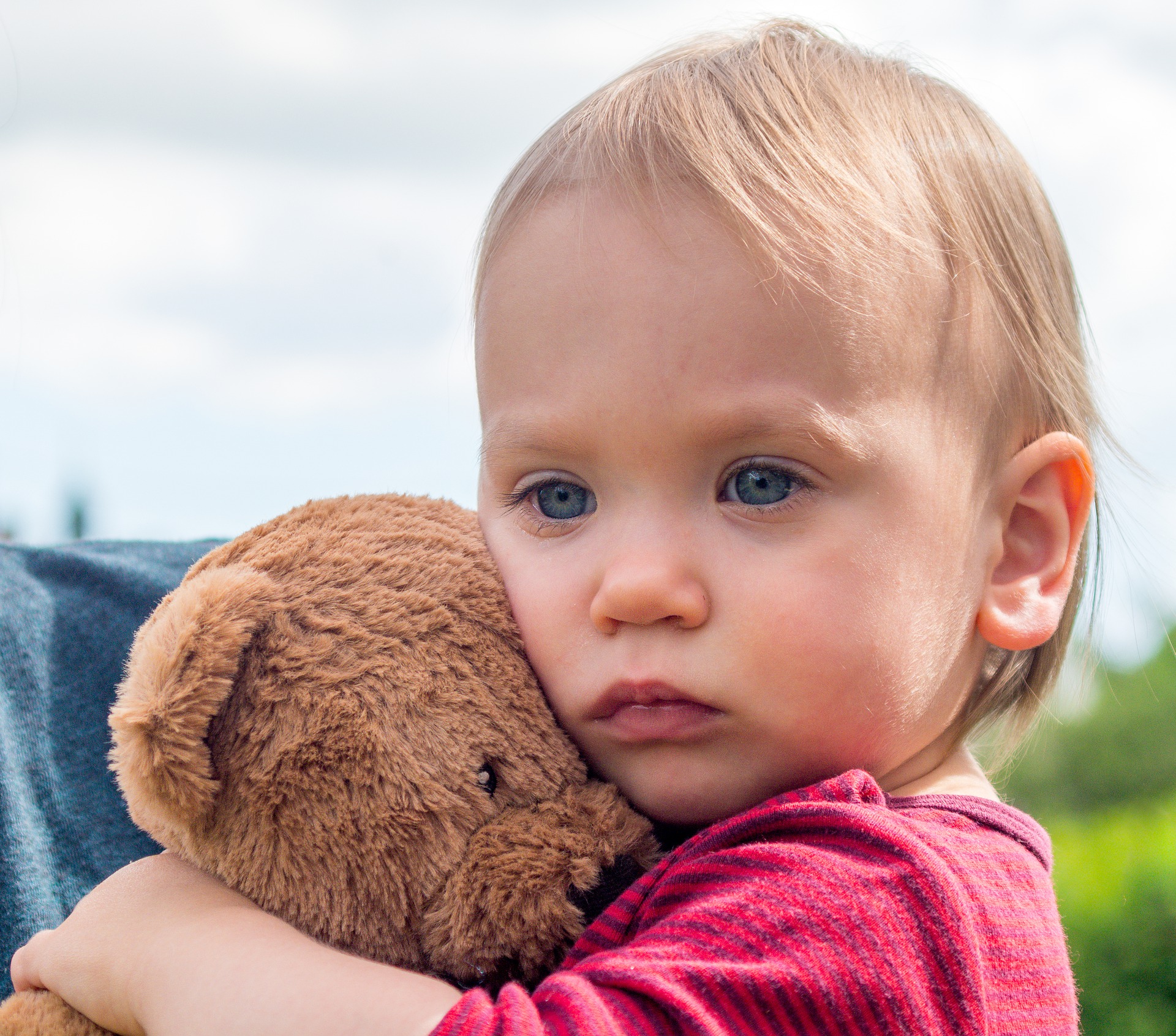
Here’s a short reminder, about just how vulnerable unrestrained toddlers in a car are. At birth, an infant’s head measures approximately a quarter of their total length and it is about a third of their body weight. Their skull is soft and flexible meaning a relatively small impact can result in significant deformation of the skull and brain. Also, their rib cage is not as rigid as that of a grown-up. In a nutshell, it is safe to say that the smaller the child, the smaller the force needed for serious injury.
In the event of an accident, harsh impact to a toddler’s chest can result in a large compression of the chest wall onto the heart and lungs and some of the abdominal organs. And because an infant’s pelvis is fragile, it cannot withstand the forces from an adult restraint system. For this reason, infants require their own special seats designed to cradle them in a crash and provide protection from many types of crashes.
Now, let’s go back to the scenario in which you are driving (securely buckled-up) at 140km/hr. This time though, your 5 year old is lying across the rear seat, sound asleep. Once again an imaginary car comes to a sudden halt and your car collides into it.
At point of impact, your bundle of joy will ricochet within your car like the last jelly bean in the packet; smashing against the roof, doors, windows, and other passengers. Because his head is heavier than the rest of their body, the horrifying series of aerial acrobatics he performs are all head first. Eventually, he explodes from the car and lands, goodness knows where! It could be on the middle of the road, in the path of passing or on-coming traffic, in the nearby bushes, into a body of water or maybe just next to your car. Without question, they will be severely hurt, if at all alive, wherever they land.
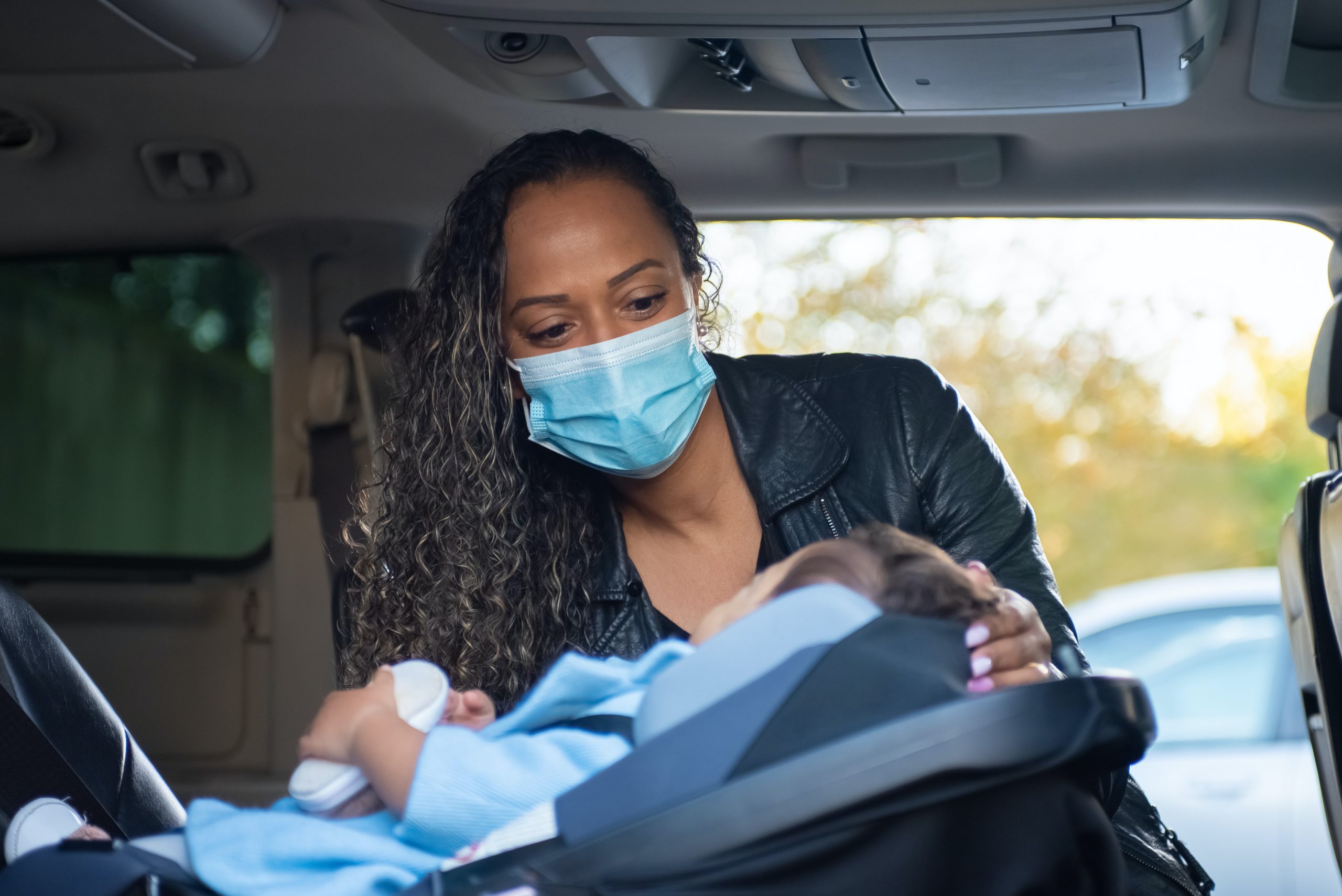
The solution is simply to ensure that everyone in the car is buckled up.
As disturbing as these illustrations are, they are real. I have heard many gruesome tales from first responders about what they are confronted with at accident sites. In many instances, first responders talk about how the majority of accidents they are called out to could have been prevented.
The causes of preventable yet fatal accidents in our country relate to:
- Poorly maintained vehicles such as cars not serviced, damaged or incorrectly inflated tyres
- Poor visibility such as challenging weather conditions, poor eyesight, shattered windscreens
- Driver ‘error’ such as speeding, incorrect overtaking, lack of respect for basic road rules
- Driving under the influence of alcohol and drugs
- Lack of proper usage of safety restraints
In my mind, the high fatality rate on our roads is inexcusable particularly when it comes to using seatbelts and child restraints. It should be every driver’s rule that the vehicle will not move until all the occupants within it are safely buckled up, irrespective of the intended distance of travel.
As far as the availability and correct use of restraints as a part of everyday practice in taxies and buses – I can only hope that there will come a time when all vehicles on our roads have them and that the owners of those without, face the heavy arm of the law. It really is high time that seatbelt and child restraint usage in South Africa, became ‘a thing’.
Research credit: Arrive Alive
